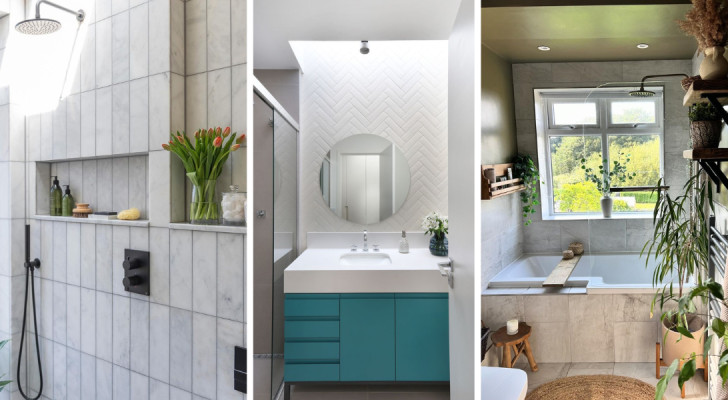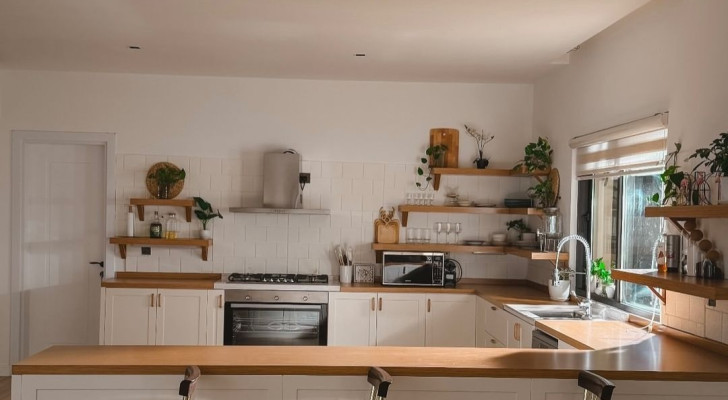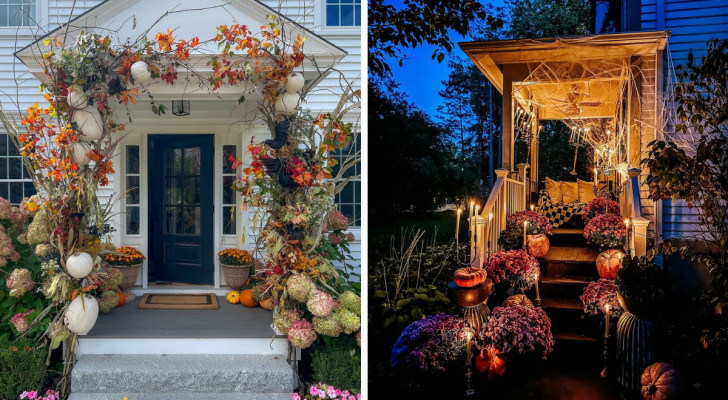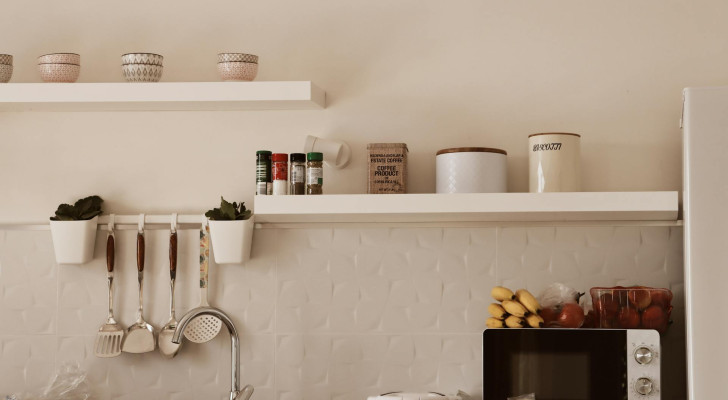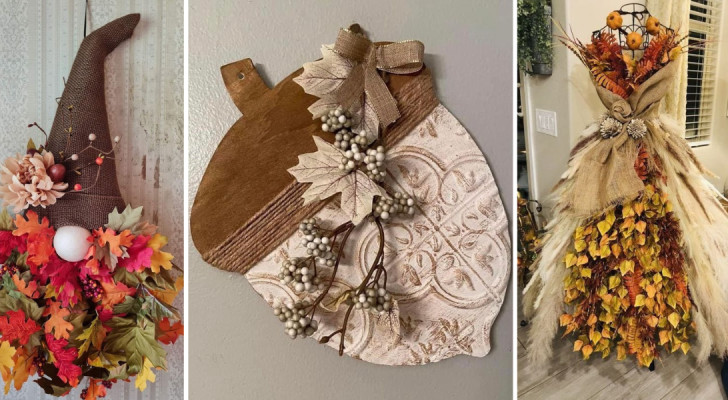Nothing is perfect, and it's beautiful this way: how to bring the Wabi-Sabi philosophy into home design
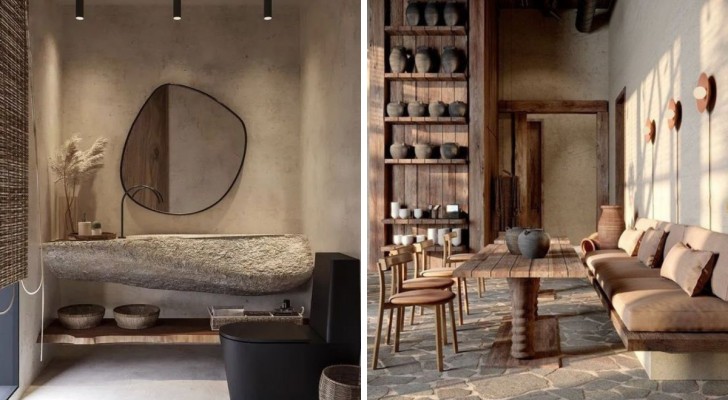
The Wabi-Sabi philosophy comes from the Far East - specifically from Japan - and consists of a worldview according to which everything around us is imperfect and ephemeral, and, for this very reason, is worthy of admiration. It is therefore a question of seeing the beauty in imperfection and knowing how to values that which lies beneath the surface of things.
When we bring this concept into the world of interior design, it translates into surrounding ourselves with natural materials, which have not been transformed, machined or over-processed, and which still have their "raw", as-is nature.
The goal of Wabi-Sabi is to create calm and serene environments where one can feel in touch with nature, but without sacrificing style.
Calm and tranquility at home

@wabi.asia/Instagram
The color palette of a Wabi-Sabi-inspired environment cannot have shades that "shout" over the surroundings. Everything is in natural tones, in a progression of shades that reflect earthy tones.
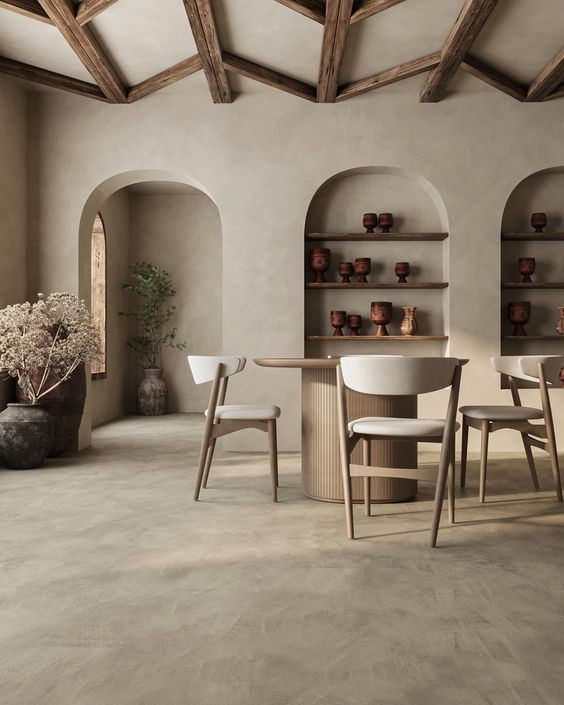
Tone start from white, moving up progressively to very dark browns and greys - but always without dramatic contrasts: it is as if all the shades blend into each other in a graduated way.
Simplicity is at the heart of Wabi-Sabi
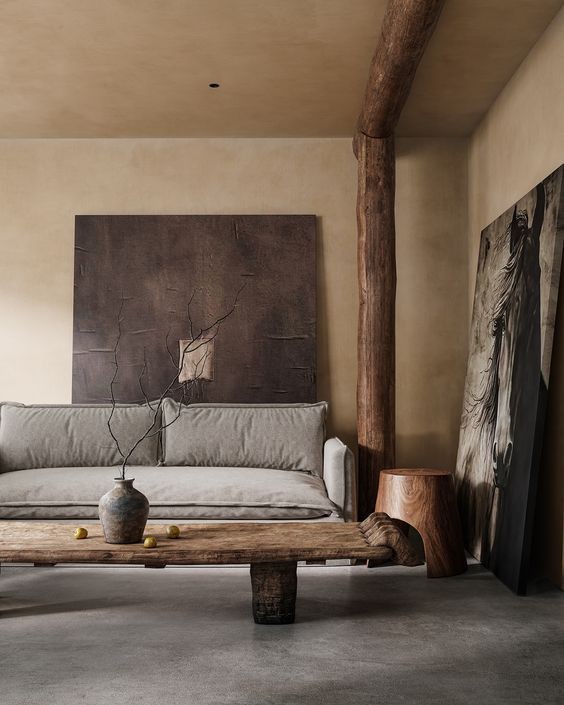
The term itself - Wabi-Sabi - means exactly this: "Wabi" indicates the idea of living with humility and simplicity, in touch with nature; "Sabi", on the other hand, expresses the ability to accept the circle of life.
There is room for modern design
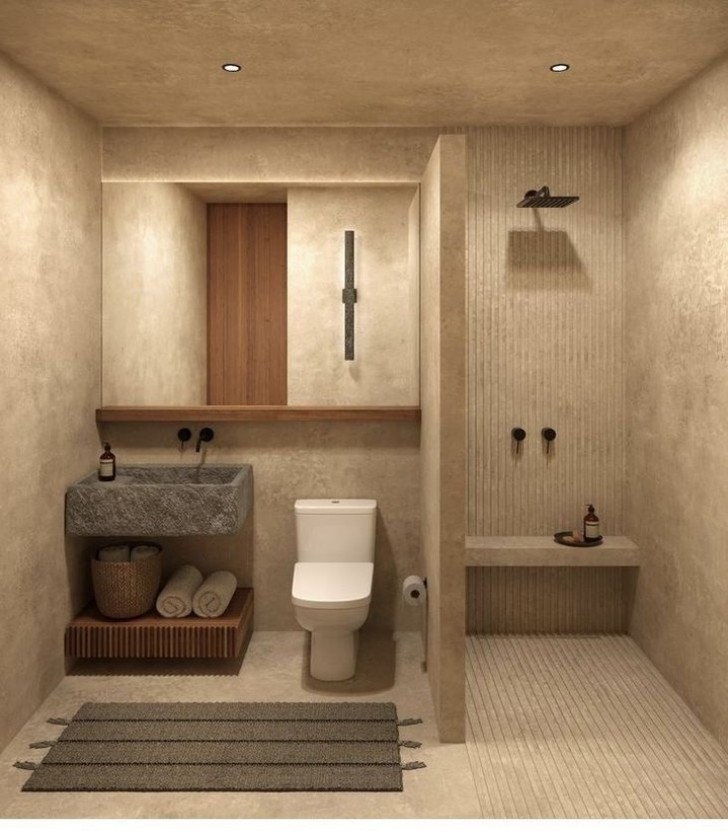
It does not mean, however, that this design style must be strictly rustic. Indeed, we can see from these photos that certain eye-catching elements, made of wood or stone, are unique pieces that are decidely modern. And there is no shortage of variations of Wabi-Sabi that incorporate minimalist and/or geometric design styles. Ultimately, it is always down to the individual's taste to create a personalized space.
Harmonious, but imperfect shapes
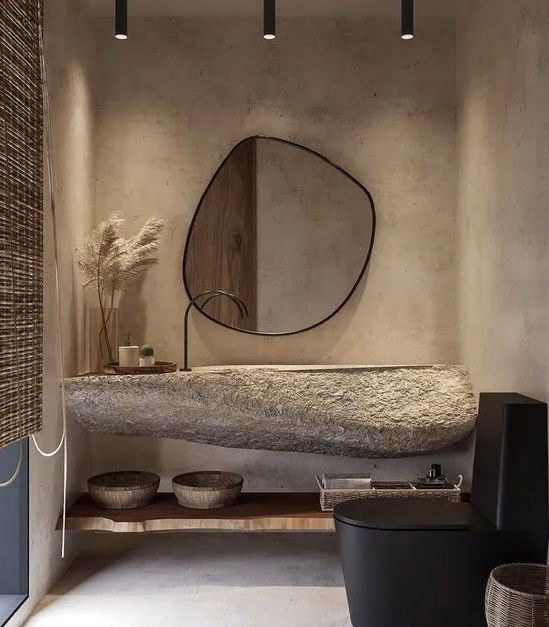
Instead of perfection, asymmetry is celebrated: balance is what is found in combining different shapes and materials together, as found in nature. Everything is kept as under-processed looking as possible. Obviously, a lot of care still goes into making sure the collective "imperfections" of a decor works as a balanced whole.
Open surfaces and nothing superfluous
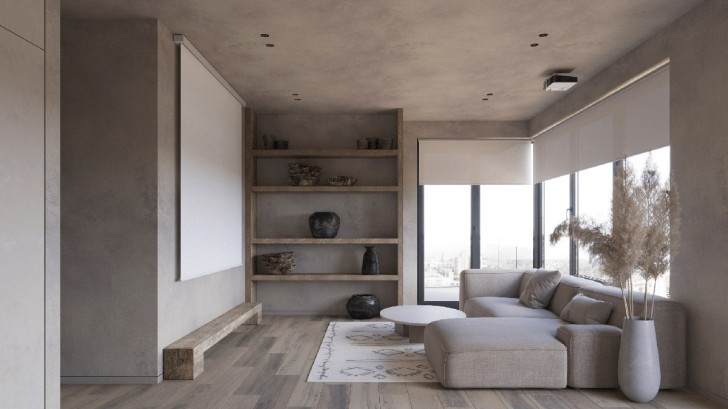
When you look at Wabi-Sabi layouts, you find installations that are a pure celebration of fundamental forms and shapes. So, there no ultra-modern pieces of furniture creating a visual overload: purity and simplicity reign supreme in this style. Wherever possible, suspended shelves are installed and open surfaces are preferred - and without the shelves being covered with clutter.
Would you like to live in a Wabi-Sabi house?
